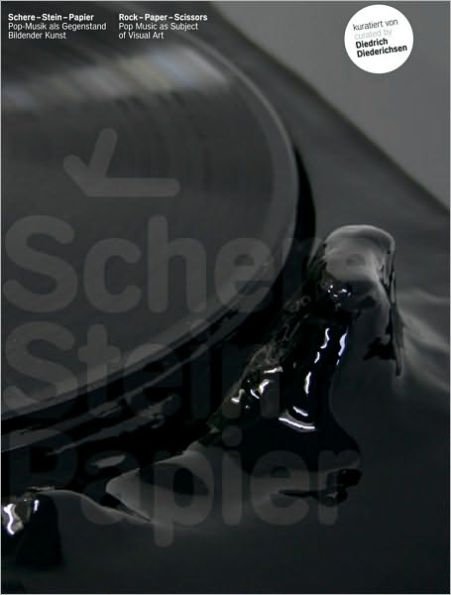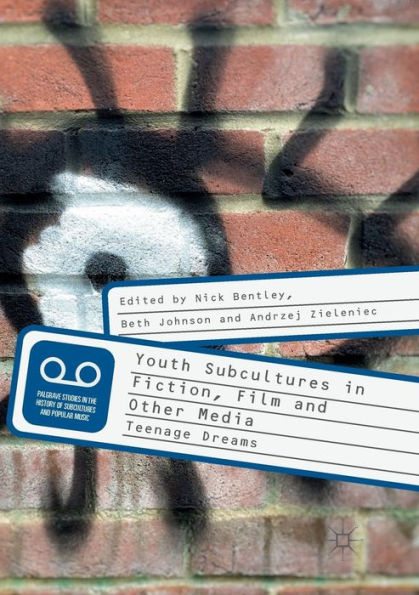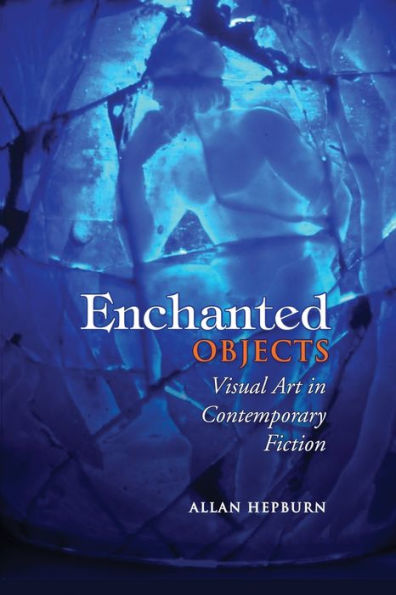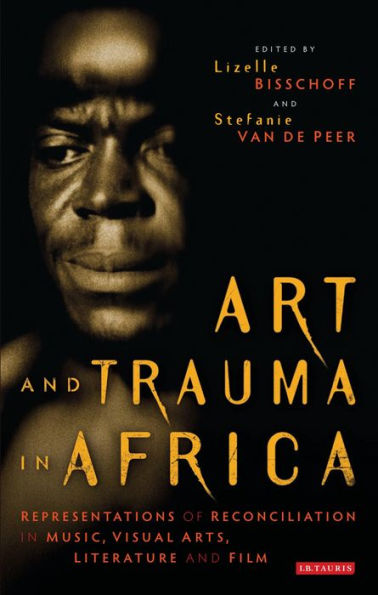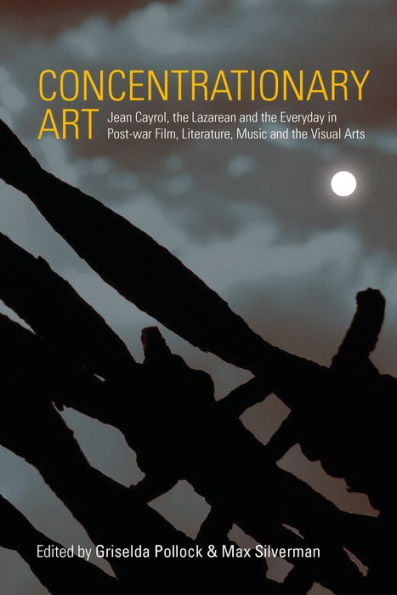Home
From Text to Hypertext: Decentering the Subject in Fiction, Film, the Visual Arts, and Electronic Media
Barnes and Noble
Loading Inventory...
From Text to Hypertext: Decentering the Subject in Fiction, Film, the Visual Arts, and Electronic Media
Current price: $29.95
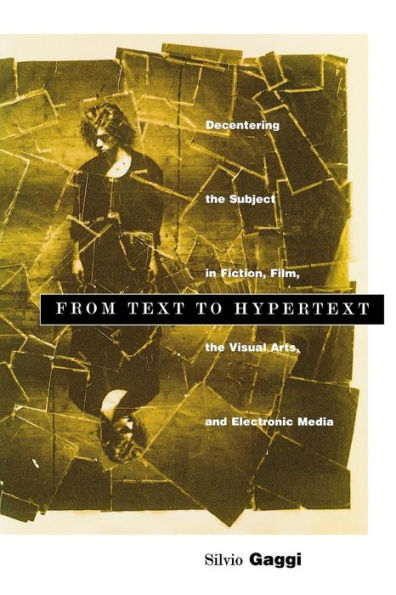
Barnes and Noble
From Text to Hypertext: Decentering the Subject in Fiction, Film, the Visual Arts, and Electronic Media
Current price: $29.95
Loading Inventory...
Size: OS
*Product information may vary - to confirm product availability, pricing, shipping and return information please contact Barnes and Noble
It is a tenet of postmodern writing that the subject—the self—is unstable, fragmented, and decentered. One useful way to examine this principle is to look at how the subject has been treated in various media in the premodern, modern, and postmodern eras. Silvio Gaggi pursues this strategy in
From Text to Hypertext,
analyzing the issue of subject construction and deconstruction in selected examples of visual art, literature, film, and electronic media. Gaggi concentrates on a few paradigmatic works in each chapter; he contrasts van Eyck's
Wedding of Arnolfini
with the photography of Cindy Sherman and Barbara Kruger; examines fiction that centers on an elusive subject in works by Conrad, Faulkner, and Calvino; and explores the ability of such films as Coppola's
One from the Heart
and Altman's
The Player
to emancipate the subject through cinematography and editing.
In considering electronic media, Gaggi takes his argument to an entirely new level. He focuses on computer-controlled media, specifically examples of hypertextual fiction by Michael Joyce and Stuart Moulthrop. Besides recognizing how the computer has enabled artists to create works of fiction in which readers themselves become decentered, Gaggi also observes the impact of literature created on computer networks, where even the limitations of CD-ROM are lifted and the notion of individual authorship may for all practical purposes be lost.
From Text to Hypertext,
analyzing the issue of subject construction and deconstruction in selected examples of visual art, literature, film, and electronic media. Gaggi concentrates on a few paradigmatic works in each chapter; he contrasts van Eyck's
Wedding of Arnolfini
with the photography of Cindy Sherman and Barbara Kruger; examines fiction that centers on an elusive subject in works by Conrad, Faulkner, and Calvino; and explores the ability of such films as Coppola's
One from the Heart
and Altman's
The Player
to emancipate the subject through cinematography and editing.
In considering electronic media, Gaggi takes his argument to an entirely new level. He focuses on computer-controlled media, specifically examples of hypertextual fiction by Michael Joyce and Stuart Moulthrop. Besides recognizing how the computer has enabled artists to create works of fiction in which readers themselves become decentered, Gaggi also observes the impact of literature created on computer networks, where even the limitations of CD-ROM are lifted and the notion of individual authorship may for all practical purposes be lost.
It is a tenet of postmodern writing that the subject—the self—is unstable, fragmented, and decentered. One useful way to examine this principle is to look at how the subject has been treated in various media in the premodern, modern, and postmodern eras. Silvio Gaggi pursues this strategy in
From Text to Hypertext,
analyzing the issue of subject construction and deconstruction in selected examples of visual art, literature, film, and electronic media. Gaggi concentrates on a few paradigmatic works in each chapter; he contrasts van Eyck's
Wedding of Arnolfini
with the photography of Cindy Sherman and Barbara Kruger; examines fiction that centers on an elusive subject in works by Conrad, Faulkner, and Calvino; and explores the ability of such films as Coppola's
One from the Heart
and Altman's
The Player
to emancipate the subject through cinematography and editing.
In considering electronic media, Gaggi takes his argument to an entirely new level. He focuses on computer-controlled media, specifically examples of hypertextual fiction by Michael Joyce and Stuart Moulthrop. Besides recognizing how the computer has enabled artists to create works of fiction in which readers themselves become decentered, Gaggi also observes the impact of literature created on computer networks, where even the limitations of CD-ROM are lifted and the notion of individual authorship may for all practical purposes be lost.
From Text to Hypertext,
analyzing the issue of subject construction and deconstruction in selected examples of visual art, literature, film, and electronic media. Gaggi concentrates on a few paradigmatic works in each chapter; he contrasts van Eyck's
Wedding of Arnolfini
with the photography of Cindy Sherman and Barbara Kruger; examines fiction that centers on an elusive subject in works by Conrad, Faulkner, and Calvino; and explores the ability of such films as Coppola's
One from the Heart
and Altman's
The Player
to emancipate the subject through cinematography and editing.
In considering electronic media, Gaggi takes his argument to an entirely new level. He focuses on computer-controlled media, specifically examples of hypertextual fiction by Michael Joyce and Stuart Moulthrop. Besides recognizing how the computer has enabled artists to create works of fiction in which readers themselves become decentered, Gaggi also observes the impact of literature created on computer networks, where even the limitations of CD-ROM are lifted and the notion of individual authorship may for all practical purposes be lost.

